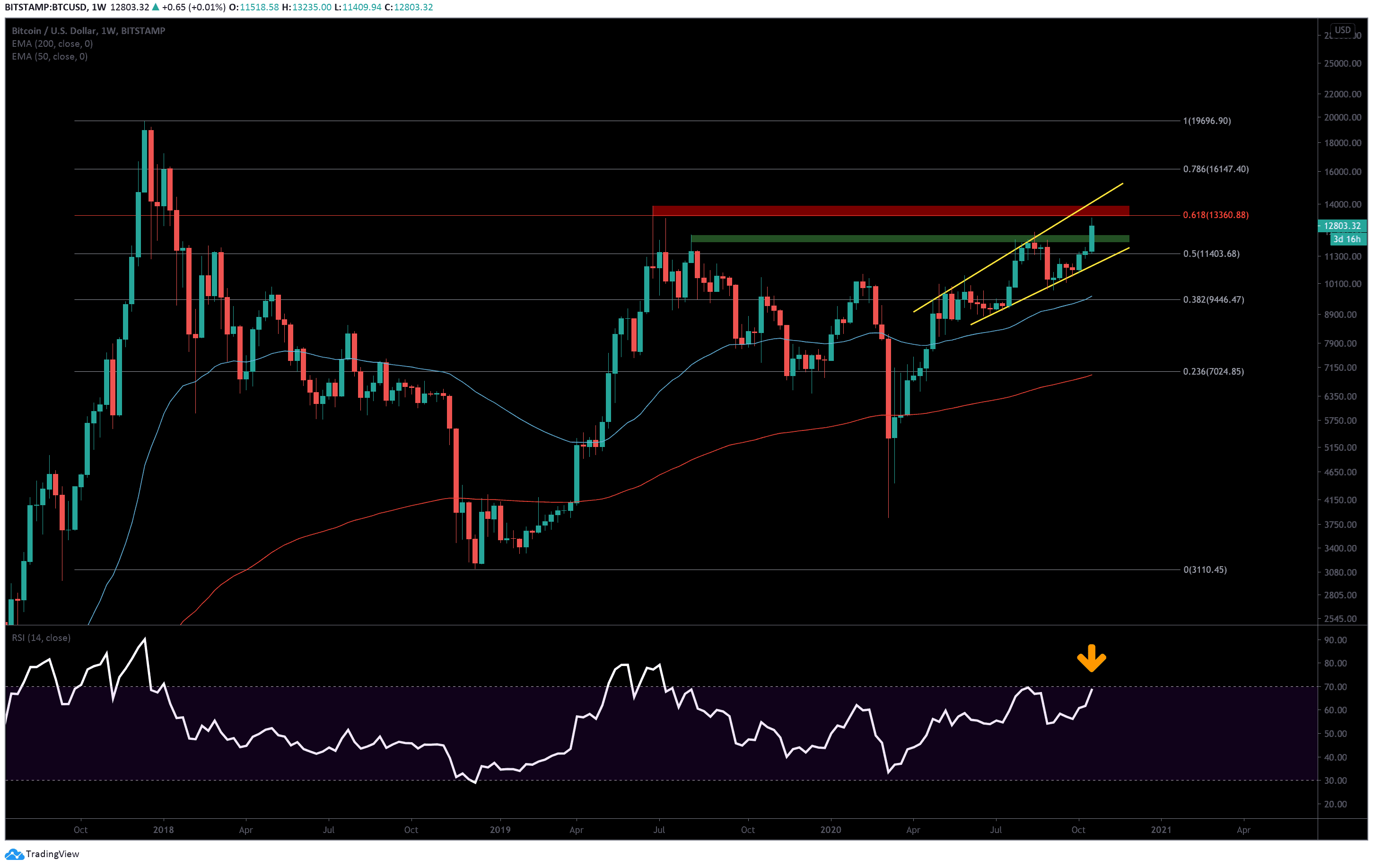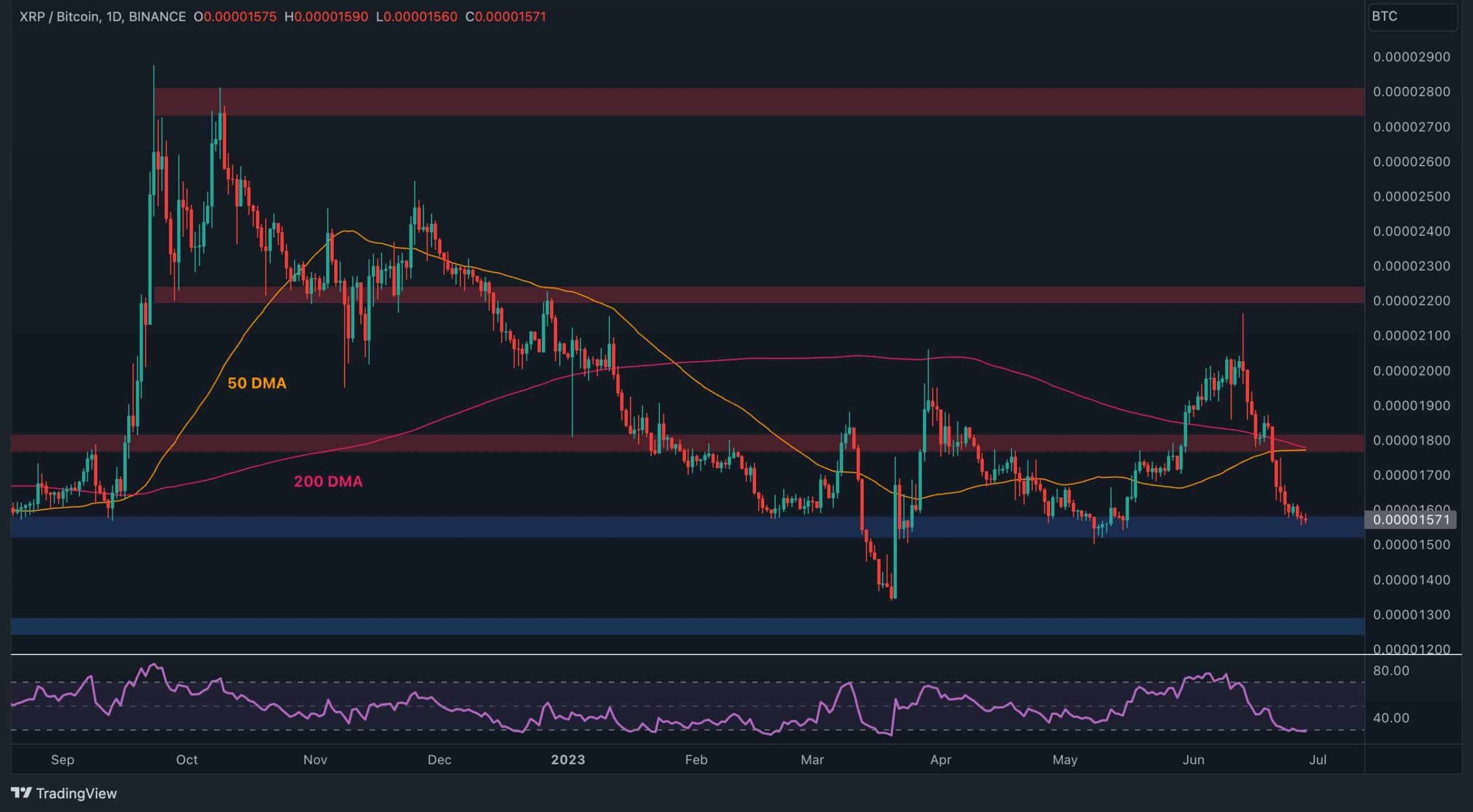
As I do every year, I am forecasting the potential movements of Bitcoin for the upcoming year based on a thorough analysis of current market conditions, technical indicators, network developments, and broader economic factors. With 2024 on the horizon, Bitcoin is in a strong position for potential growth, and the outlook is highly optimistic.
On-Chain Metrics and Accumulation Patterns
Bitcoin’s on-chain data continues to exhibit strong accumulation trends heading into 2024. Exchange reserves are at multi-year lows, reflecting a consistent outflow of BTC into long-term storage. Metrics such as the Spent Output Age Bands (SOAB) indicate that older coins remain dormant, a clear signal of confidence among long-term holders (LTHs).
The Realized HODL (RHODL) ratio suggests that Bitcoin may be entering the early stages of a post-halving accumulation cycle, consistent with patterns observed in previous cycles. Meanwhile, whale wallets have shown a notable increase in activity, with significant buy-side pressure building since Q4 2023.
Impact of the Halving on Supply and Miner Behavior
The upcoming halving in April 2024 will reduce the block reward to 3.125 BTC, tightening annual issuance to approximately 328,500 BTC. Historically, halvings have served as catalysts for Bitcoin price appreciation, primarily due to the reduced sell-side pressure from miners.
Miner metrics, including hash rate and miner revenue, suggest resilience despite the reduced rewards. The Bitcoin hash rate hit all-time highs in late 2023, demonstrating robust miner confidence. Furthermore, miner reserve data indicates that large mining operations are strategically holding rather than liquidating, anticipating higher post-halving prices.
Macroeconomic and Market Dynamics
Bitcoin’s correlation with traditional markets is expected to weaken in 2024, particularly as it solidifies its status as a digital store of value. The potential for dovish monetary policy from major central banks, combined with persistent inflationary concerns, will likely drive capital flows into Bitcoin as an alternative hedge.
The expanding adoption of Bitcoin-focused ETFs and tokenized instruments, especially in regulated markets, will introduce significant inflows of capital from institutional participants. Additionally, geopolitical tensions and currency devaluations in emerging markets are likely to bolster Bitcoin’s use case as a censorship-resistant, borderless asset.
Sentiment Indicators and Futures Data
Futures and options markets are positioning for a significant price breakout in 2024, with open interest consistently rising across major exchanges. Notably, funding rates have remained neutral to slightly positive, suggesting balanced leverage rather than an overheated derivatives market.
Options skew data points to increasing demand for calls over puts, particularly for strike prices in the $60,000–$80,000 range, underscoring bullish sentiment among institutional and sophisticated traders. Additionally, volatility indices suggest a tightening range in early 2024, which historically precedes large directional moves.
Technological Developments and Network Growth
Bitcoin Layer-2 solutions, particularly the Lightning Network, continue to expand, with capacity exceeding 6,000 BTC by late 2023. This growth enhances Bitcoin’s utility for microtransactions and payments, broadening its appeal beyond just a store of value.
Furthermore, Taproot adoption has reached critical mass, unlocking advanced scripting capabilities that pave the way for innovations such as Bitcoin-native DeFi and more efficient transaction batching. These advancements solidify Bitcoin’s position as a robust, scalable network capable of supporting diverse use cases.
Forecast for Bitcoin in 2024: A Promising Year Ahead
2024 is poised to be a year of significant growth for Bitcoin. The Bitcoin halving event in April 2024 will reduce the supply of new Bitcoin entering the market, creating a potential catalyst for price appreciation. With increasing institutional adoption, improvements in Bitcoin’s scalability and usability, and growing macroeconomic uncertainty, Bitcoin is likely to see continued demand from both retail and institutional investors.
The technical indicators are supportive of upward price movement, with key resistance levels around $50,000 and $55,000. If Bitcoin breaks through these levels, it could enter a new phase of growth, potentially retesting its all-time highs from late 2021. While short-term fluctuations are inevitable, the long-term outlook for Bitcoin remains highly positive, driven by its scarcity, increasing use cases, and growing acceptance in the global financial system.
I expect Bitcoin to experience a breakthrough year, marked by surpassing its previous all-time high and reaching a price range of $80,000 to $90,000. With strengthening fundamentals, robust institutional demand, and the impact of the halving, Bitcoin’s prospects look exceptionally promising for 2024.



